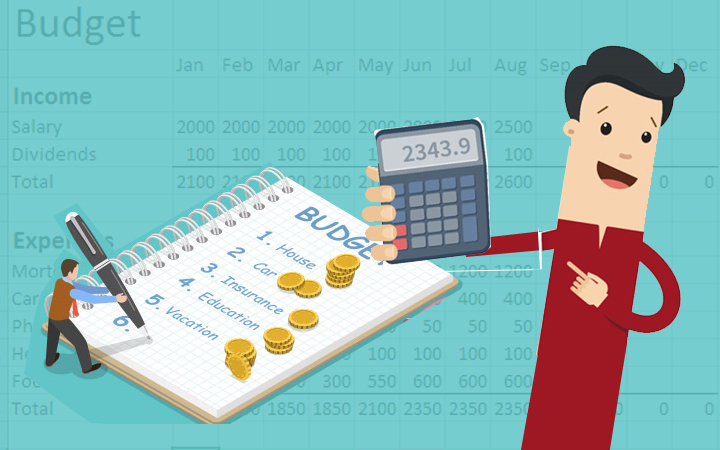How to budget your monthly income?

A budget can help you to control your finance and you can easily spend your month with balanced money in hand. Many of you are looking for a way by which you can track your money and expenses. Here I am helping you out, with some of the simple steps by which you can budget your income and avoid the stress of money shortage in between the month.
1. Net income should be calculated
Your net income is the base of the budgeting system. This is the money amount that you take you home. It comes after the deduction of all the taxes and provided programs, and health insurance from your salary.
The advantage of this is that you can save extra expenses, by focusing on the net salary you will plan your expenses with the limit of money that you have. Gig workers, freelancers, and self-employed people should create a pay statement to balance their irregular income.
2. Record the expense
If the first step is to record your net income it means you have a record of your income, then the next step is you must carry a record of your expenses. By this, you can see where your money is going. This is the easiest way to save money and balance your budget.
List your fixed expenses Add a chart that includes fixed expenses like monthly bills, car payments, and more. Make a record of spending on groceries, gas, entertainment, etc. Make a list of daily expenses on pen and paper or you can use any online tool too.
3. Realistic Goals
Set goals before suddenly expending money, and make money planning as for every goal you need an amount of money. If you have a clear image that how much you are going to spend on a particular goal you can easily balance your budget.
Education, savings, etc can be in it.
Read | Confused About Starting A Podcast On Youtube? See How Easily You Can Do It In 7 Steps
4. Plan before moving forward
What you’re spending vs. what you want to spend is the question of why you need a plan.
Make realistic plans with different categories, set the boundaries of how much you can expend, and stick to that.
You can break down your expenses, like counting your everyday expenditures rather than monthly when you are making money for vehicles but if you are taking a music subscription add it to the monthly column.
It means planning before moving forward.
5. Set and stick to your budget
Once you had planned and set the budget for a particular target never slip and change your limits in between the procedure. Sticking to your planned budget is an important part by which you can balance your budget.
Small savings can lead to a big difference.
6. Review your budget
Budget is not static, with the market rate your expenses and savings can change. So, necessity is what makes sure you are updating it! Update your balance sheet to face never a failure in budget.




